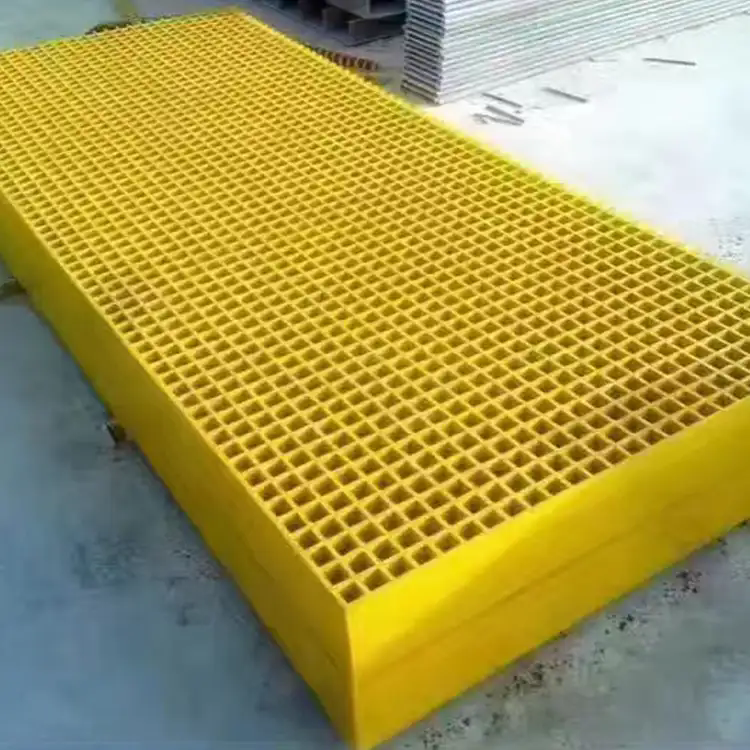Benefits of FRP Grating
2024-06-06
FRP (Fiber Reinforced Plastic) grating is a type of grating made from composite materials. It's constructed using a combination of fiberglass reinforcements and a polymer resin matrix. This combination results in a lightweight yet durable material that offers several advantages over traditional metal grating, such as steel or aluminum.
Here are some key features and benefits of FRP grating:
1. Corrosion Resistance: FRP grating is highly resistant to corrosion, making it ideal for use in harsh environments where exposure to moisture, chemicals, or saltwater could cause traditional materials to degrade.
2. Lightweight: FRP grating is significantly lighter than metal grating, which makes it easier to handle, transport, and install. This feature also reduces the load on supporting structures, potentially lowering overall construction costs.
3. Strength and Durability: Despite its lightweight nature, FRP grating offers impressive strength and durability. It can withstand heavy loads, impacts, and constant foot traffic without warping, cracking, or deforming.
4. Non-Conductive: FRP grating does not conduct electricity, making it suitable for use in applications where electrical conductivity is a concern, such as around electrical equipment or in areas prone to lightning strikes.
5. Slip Resistance: Many FRP grating products feature a textured surface that provides excellent slip resistance, even when wet or oily, enhancing safety in industrial and commercial environments.
6. Low Maintenance: FRP grating requires minimal maintenance compared to metal grating. It doesn't rust, corrode, or require painting, saving time and money on upkeep.
7. Customizable: FRP grating can be manufactured in various sizes, shapes, and colors to suit specific project requirements. It can also be fabricated with additional features like integrated handrails or toe plates.
FRP grating finds applications in industries such as wastewater treatment plants, chemical processing facilities, oil and gas refineries, marine environments, walkways, platforms, and bridges. Its versatility, combined with its excellent properties, has made it a popular choice in many sectors where traditional materials may not offer the same level of performance and longevity.



